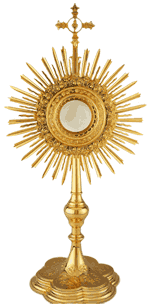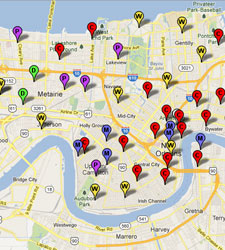August 14
St. Maximilian Kolbe was born in Poland in 1894 and at about the age of 10 had a vision of the Virgin Mary. She offered him a white crown and a red crown, representing purity and martyrdom. He chose both, a foreshadowing of his life to come. In 1910, he joined the Conventual Franciscan Order. He was sent to study in Rome where he founded the Militia Immaculatae on October 16, 1917, an organization dedicated to the Blessed Virgin Mary.
Ordained a priest in 1918, Father Maximilian returned to Poland and began his untiring missionary activity, starting a monthly magazine and establishing two evangelization centers dedicated to the Immaculate Virgin: Niepokalanów, the “City of the Immaculata,” in Poland, and Mugenzai no Sono in Japan, and envisioned missionary centers worldwide. To better “win the world for Christ through the Immaculata,” the friars utilized the most modern techniques. St. Maximilian used short-wave radio and planned to build a motion picture studio.
In 1939, during WWII, at Niepokalanów he welcomed thousands of refugees, especially Jews. In 1941, St. Maximilian was arrested by the Nazis and taken to the Auschwitz concentration camp. At the end of July 1941, a prisoner escaped from the camp, prompting the deputy camp commander, to pick ten men to be starved to death in an underground bunker to deter further escape attempts. When one of the selected men, Franciszek Gajowniczek, cried out, “My wife! My children!” Kolbe volunteered to take his place and was condemned to slow death in a starvation bunker. He died on August 14, 1941, with an injection of carbolic acid. Pope John Paul II canonized him as a Saint and Martyr of Charity on October 10, 1982. Franciszek Gajowniczek, the man Kolbe saved at Auschwitz, survived the Holocaust and was present as a guest at both the beatification and the canonization ceremonies. St. Maximilian Kolbe is a patron of journalists, families, prisoners, the pro-life movement, the chemically addicted and those with eating disorders.




